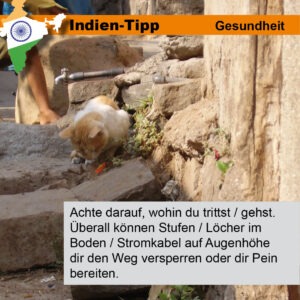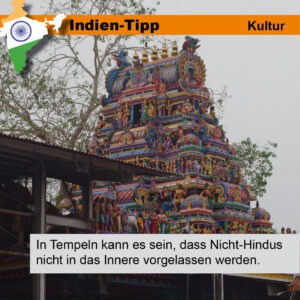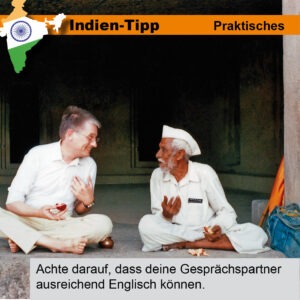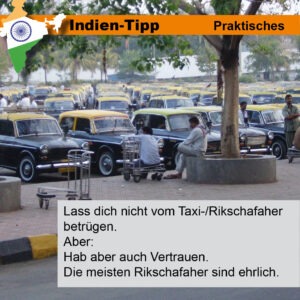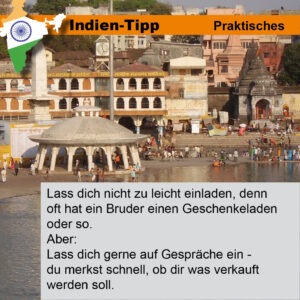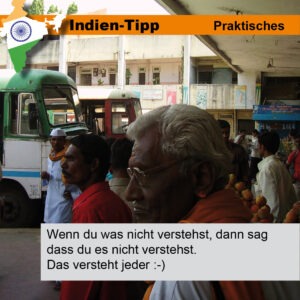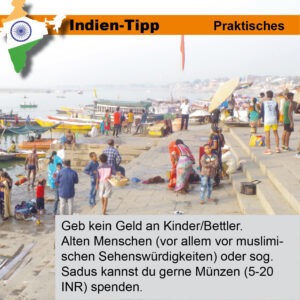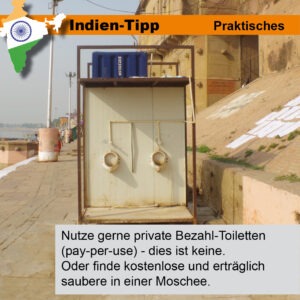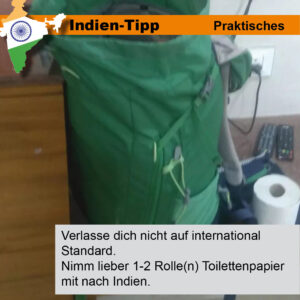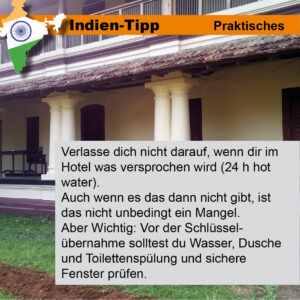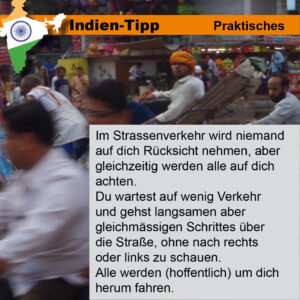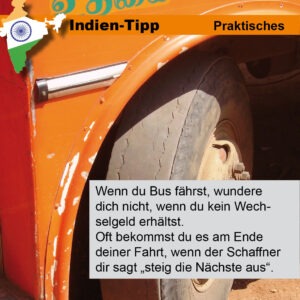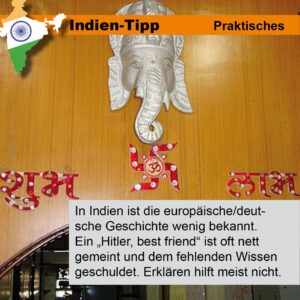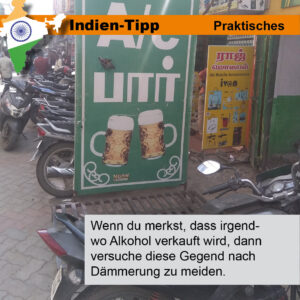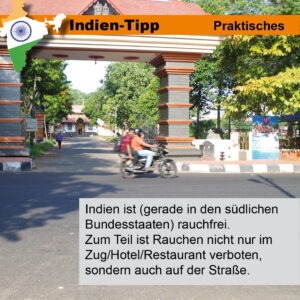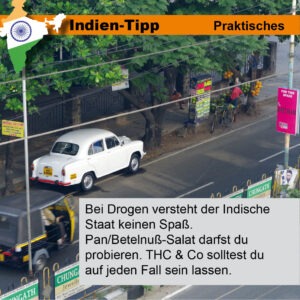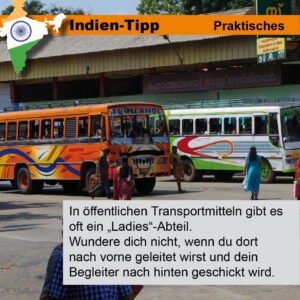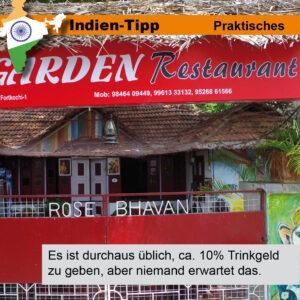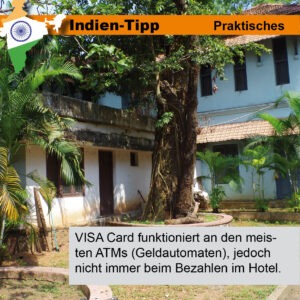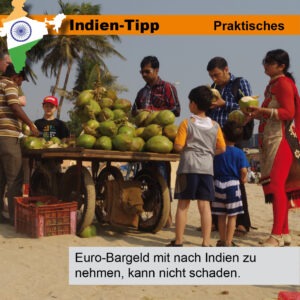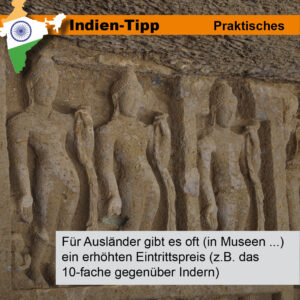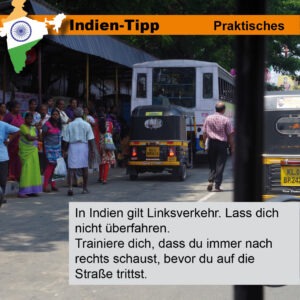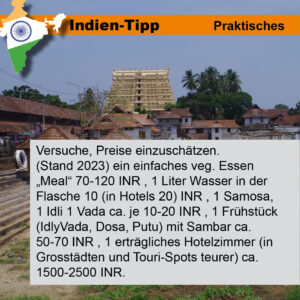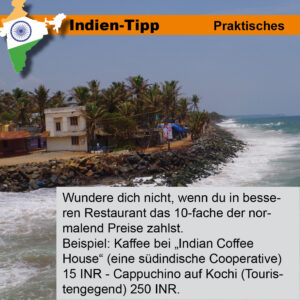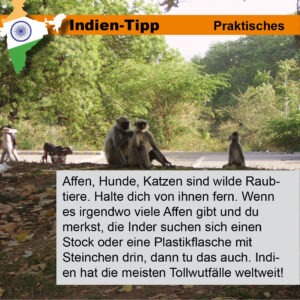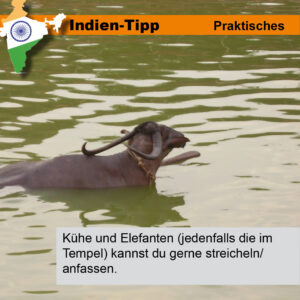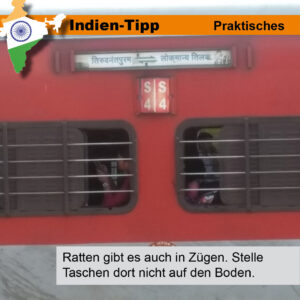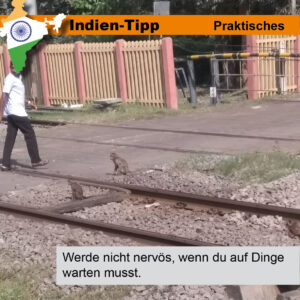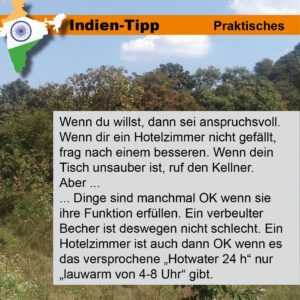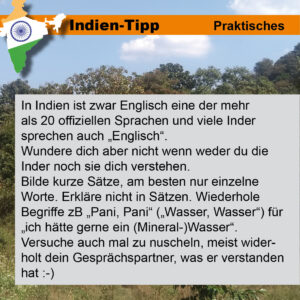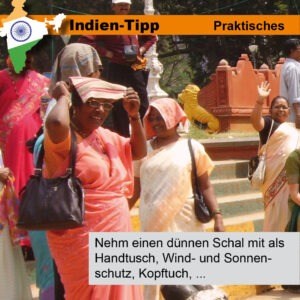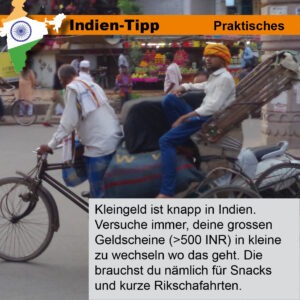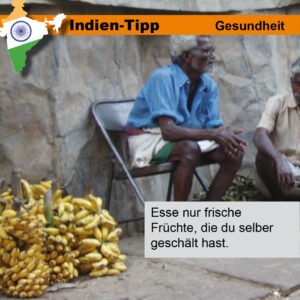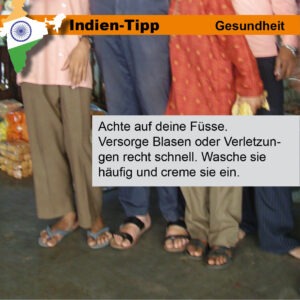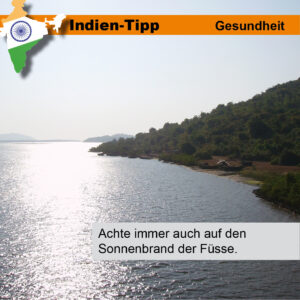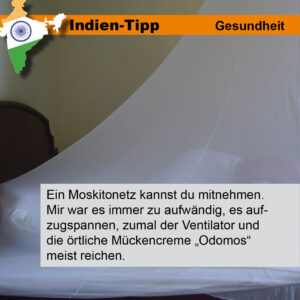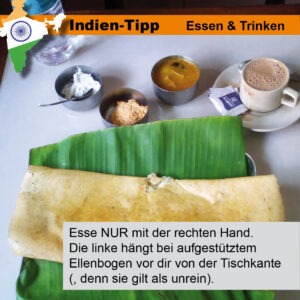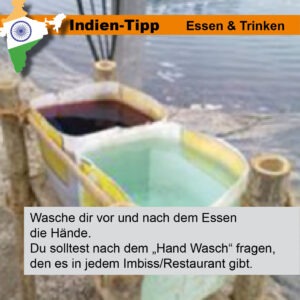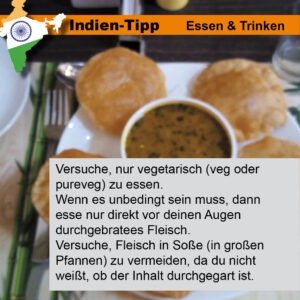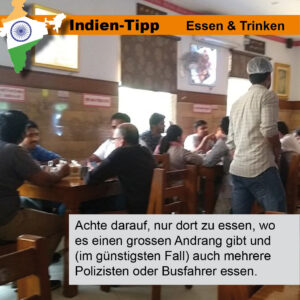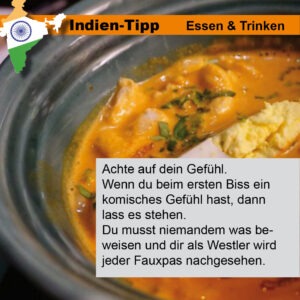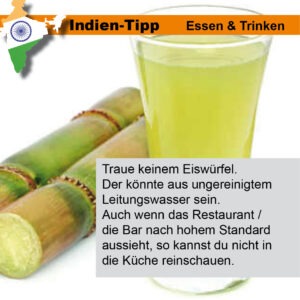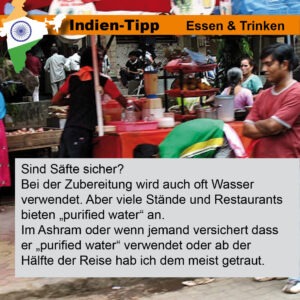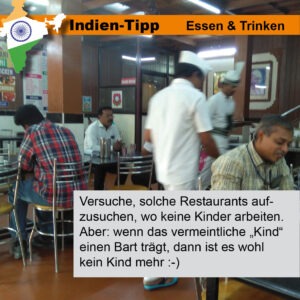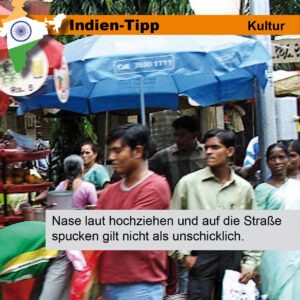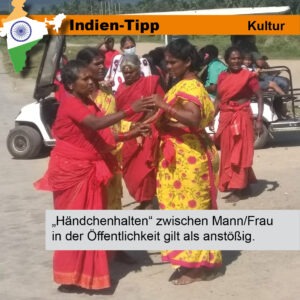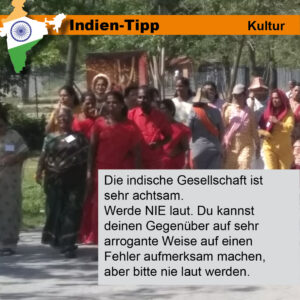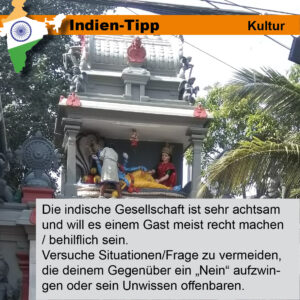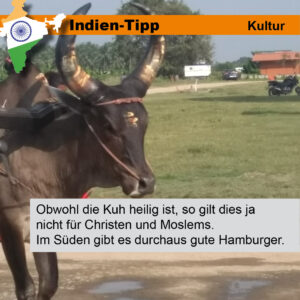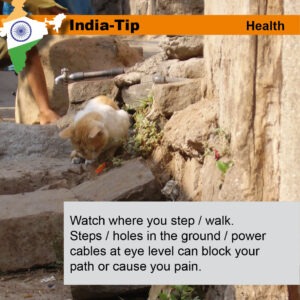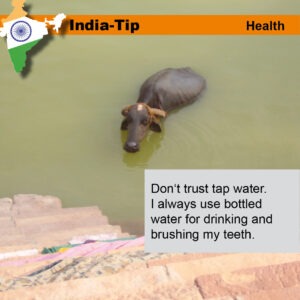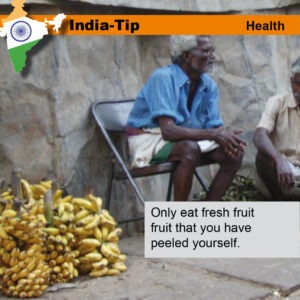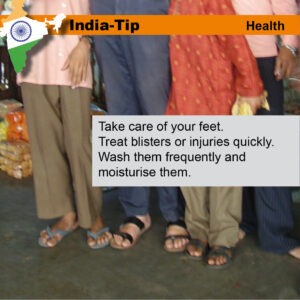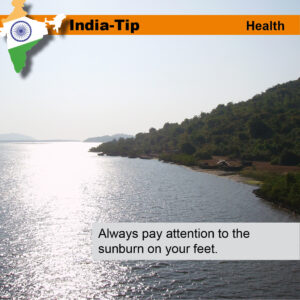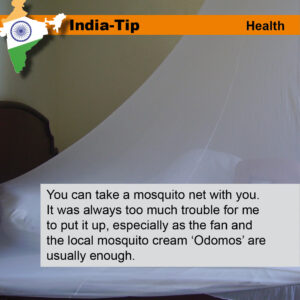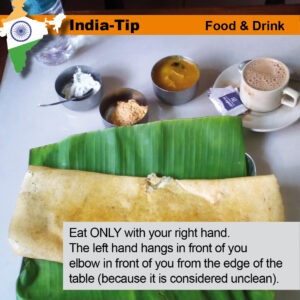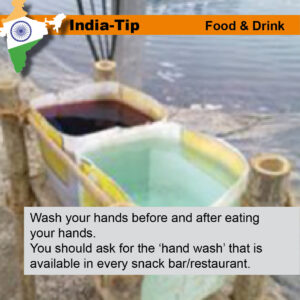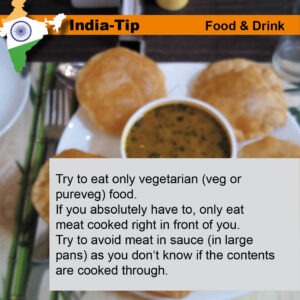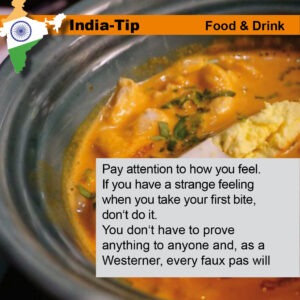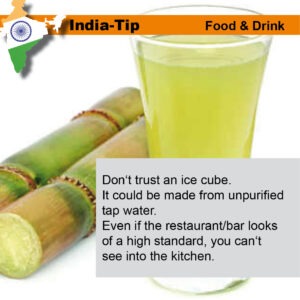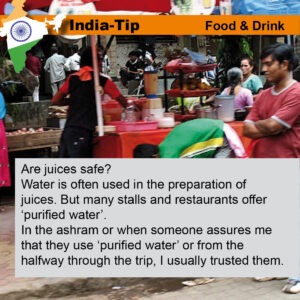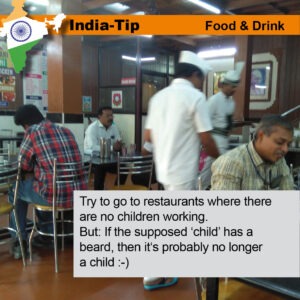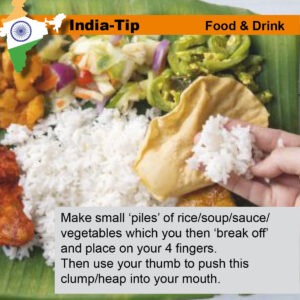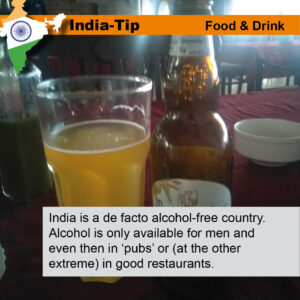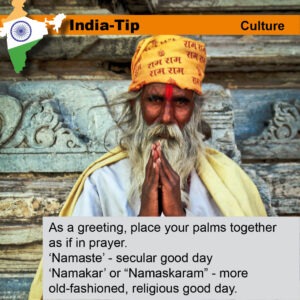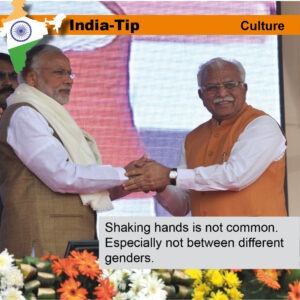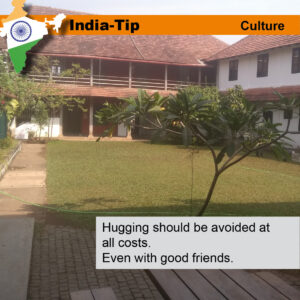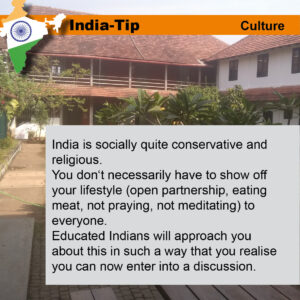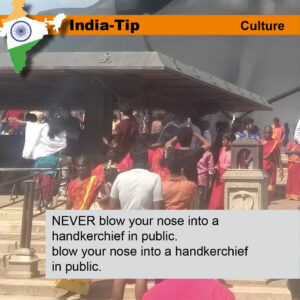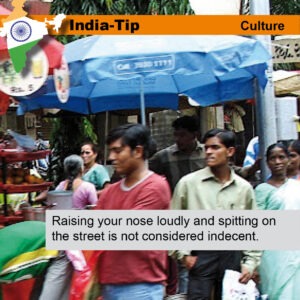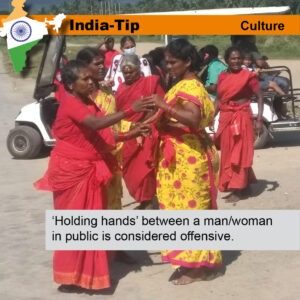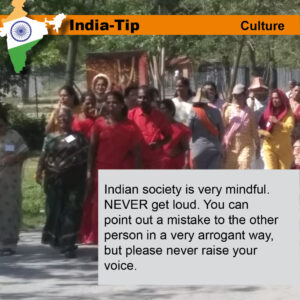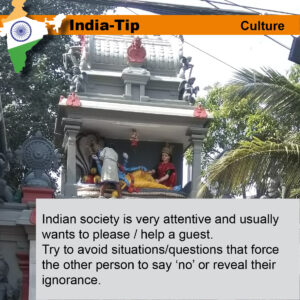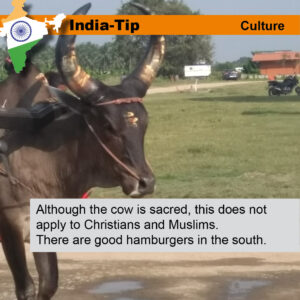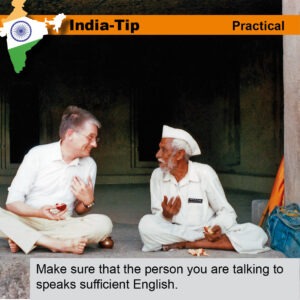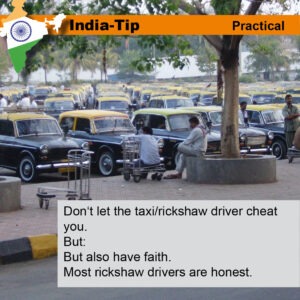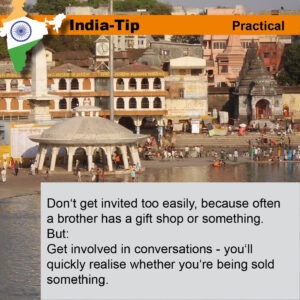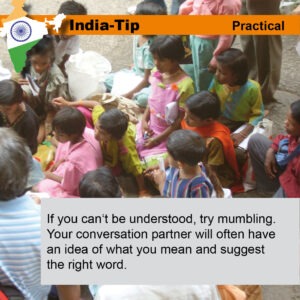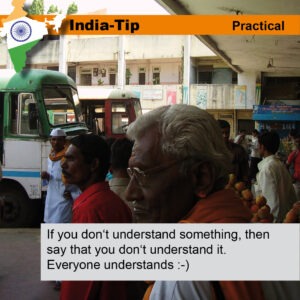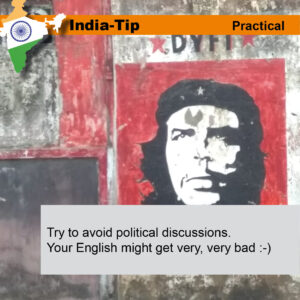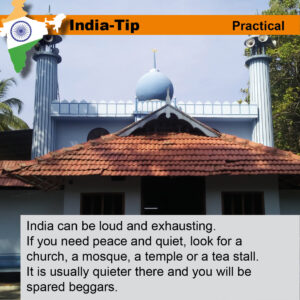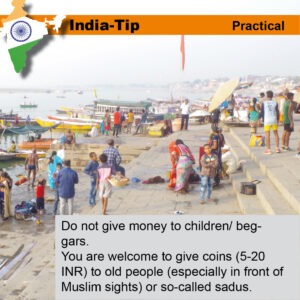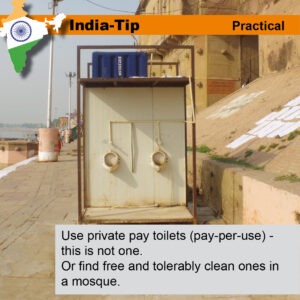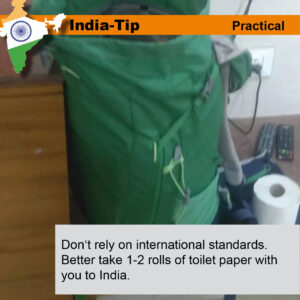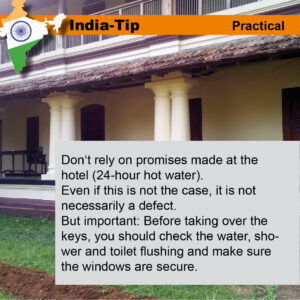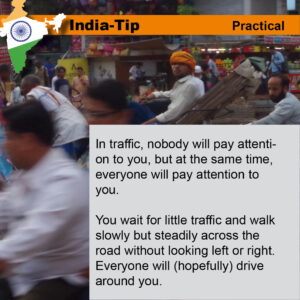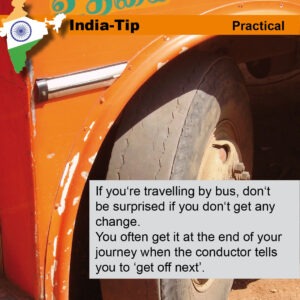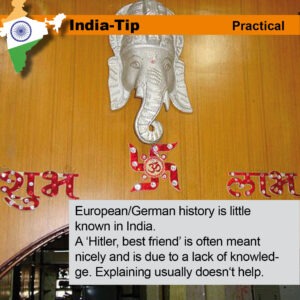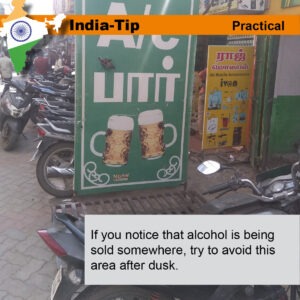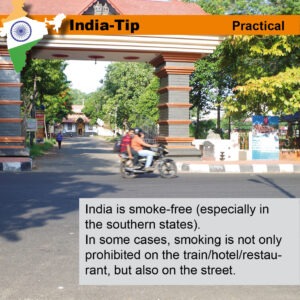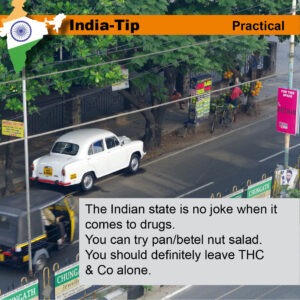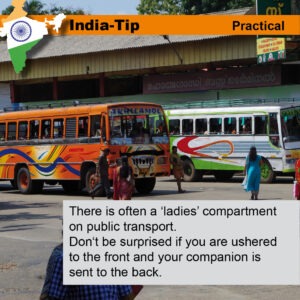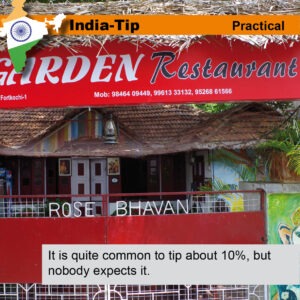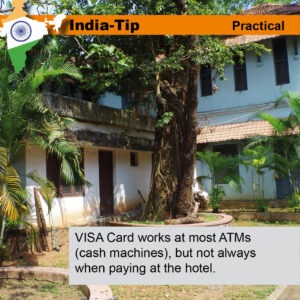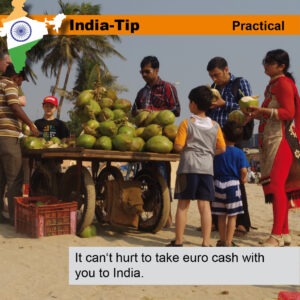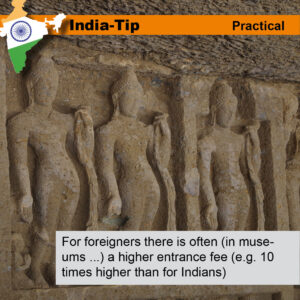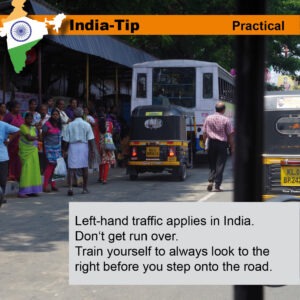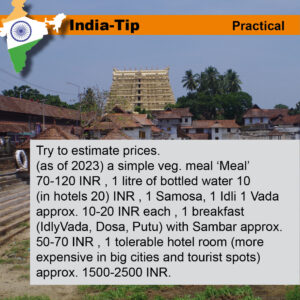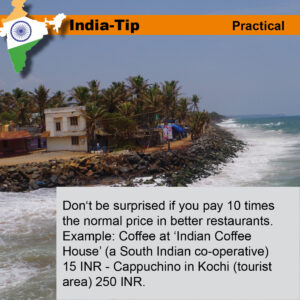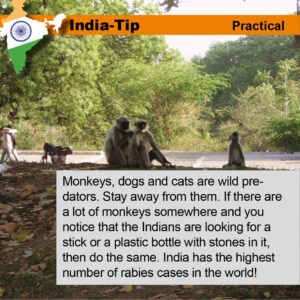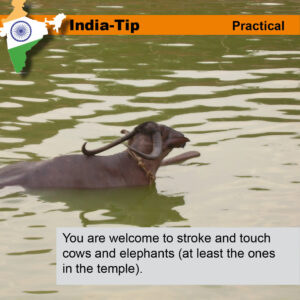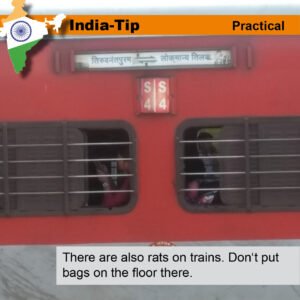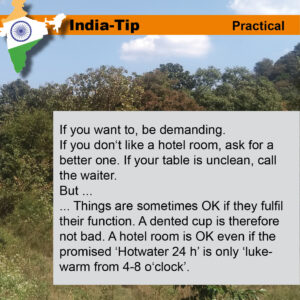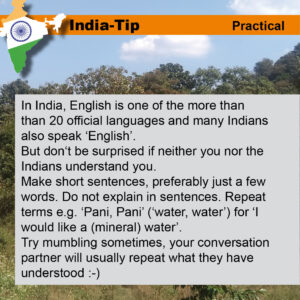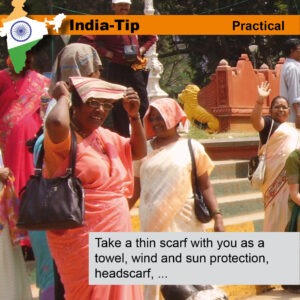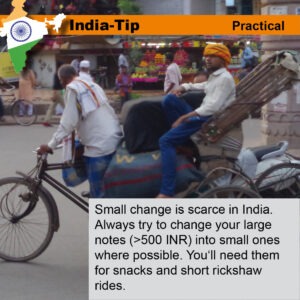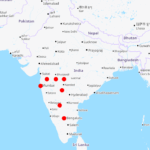
Mumbai – Nasik – Elora – Ajanta – Daulatabad – Aurangabad – Badami – Hampi – (Vijajanagar ?) – Malleshwaram – Bangalore – Nandihills
It’s been so long (3 years) since we’ve been to India. It’s about time my sweetheart and I started our second trip to India. This time we are travelling south again.
Mumbai
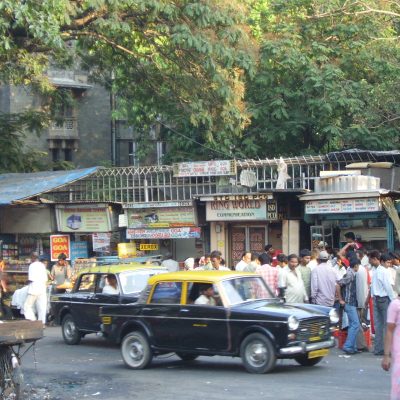
Mumbai (Maharashtra, India), street scene with taxi, 18 March 2006.
Finally arrived in Mumbai. Did I miss this city with its noise, its smell, its ‘hustle and bustle’.
We had a nice hotel on P.D. Mello Rd, directly behind Victoria Terminus, the mega (and world-famous) railway terminus in Mumbai. Through a small alley with hairdressers and food stalls we were there in a few minutes.
Unfortunately, India is so quick to change, because in the same street, a few metres to the south, we found an excellent fish restaurant – a dream, both in terms of quality and interior. Unfortunately, just six months later we were unable to find this restaurant again, even though it was only a few metres away from the train station. This happens more often in India – barely a blink of an eye and the village is a city of millions or hundred-year-old traditional businesses have suddenly disappeared.
We use a regional Indian Railway train as our means of transport. At the Nassik Road stop in Mumbai, we already have a premonition of our destination. There, we hope to experience some of the mystical vibes and, of course, the thousands of years of history.
| TIP |
| Travelling by train I and my sweetheart have always found travelling by Indian Railway to be quite pleasant, relaxing and impressive. Travelling by train in India is slow, sometimes a bit noisy and dusty. I definitely recommend travelling in ‘Sleeper Class’, which are open-plan compartments with fold-down beds, without pillows or blankets. This class is the cheapest and gives travellers the chance to get to know ‘real’ people, as the journeys often go overnight and you share the open-plan compartment with other families. How to book? There are two main ways to get tickets. In the big cities, you can go to the station, ask your way to the ticket counter and then go through a lengthy procedure to enquire about availability and buy a ticket. Alternatively, a friendly, helpful salesperson will certainly come by to get you the ticket you want (for an extra charge). The second option, which requires a certain amount of long-term planning, is to create an account on the www.irctc.co.in website. This will probably require a phone call to the call centre, as most travellers do not have a smartphone with an Indian SIM card for authentication. However, once this is done, all you need is a suitable credit card (VISA didn’t work for me, but AMEX did) to be able to research and buy tickets really cheaply yourself. With ticket prices around 2 – 5 EUR, it’s not too tragic to let them expire. |
Nasik
On this, only my second trip to India with my future wife (our children were not even born here yet), we set off straight for Nasik, the mystical city in the north of Mumbai. According to legend, Rama and Sita rested here after Sita was finally freed from the clutches of Lanka following her abduction.
I had already been to Nasik briefly on my first trip to India a few years earlier, but unfortunately only for one day and we were accommodated a little outside the city gates.
This time I was better prepared. Nasik has a natural town centre, namely the Ramakund, the bathing place where, according to the legend (Ramayana), Rama settled after the liberation of Sita. And it was here, close to the shore, that we and I had set up our quarters.
Fortunately for us, we were staying at Holy in Nasik. The atmosphere is great when children, young people and adults alike parade through the town and throw water and paint at friends and strangers – great fun. Of course, there are uncertainties and some children are not sure whether these jokes with strangers (i.e. us) are allowed; but yes, they are.
The market and temple square in the centre of the village is where it all happens: the vegetable market, services such as hairdressers, but also communal bathing (or rather splashing) in the Godavari River. As is customary in the south of India, bathing or swimming takes place ‘naturally’ with clothes on.
Elora & Ajanta
We continued by train to Aurangabad, where we travelled on to the caves of Elore and Ajanta with small luggage. They are a whole group of caves that were created between the Buddhist and Hindu periods.
These caves are also a UNESCO World Heritage Site and are always worth a visit. We spent one day there, which is more than enough.
In the caves of Elora and Ajanta you can admire a unique symbiosis of Buddhist and Hindu cave constructions.
On the way back, we made a short detour to an old and dilapidated castle. Here, as so often in India, we met a group of interested students, friendly young Indians who were also travelling.
Aurangabad
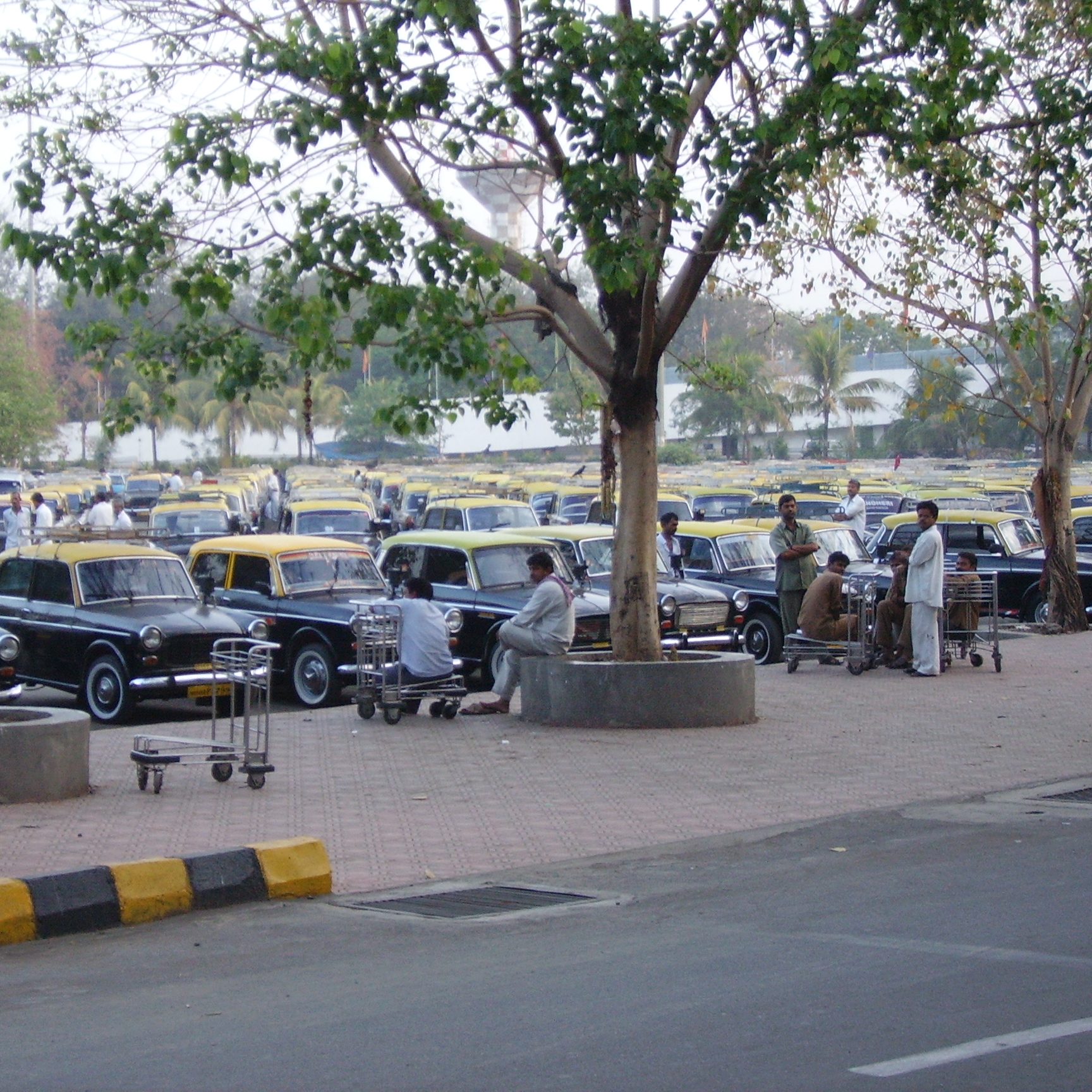
International Airport, taxi rank, Mumbai (Maharestra, India), 2006
Back in Aurangabd, we were able to devote ourselves entirely to enjoying our accommodation. We were accommodated in a government guesthouse near the bus stand – inexpensive, comfortable, clean. What more could you want?
We couldn’t stay here for long, because from now on we would be travelling by bus. And getting a ticket is a bit of a faff. But don’t worry, you can always get help with a few words of English, and this is no exception.
Aurangabad is home to the Bibi-Ka-Maqbara (Urdu: بیبی كا مقبرہ = ‘Tomb of the Lady’ or ‘Tomb of the Lady’), also known as the ‘little Taj Mahal’. It is one of the last great mausoleums of the Mughal era in India. It is said that Muhammad Azam Shah (1653-1707) decided to erect a tomb in honour of his mother Dilras Banu Begum (also known as ‘Rabia Daurana’), a Persian princess and the highest-ranking wife of Aurangzeb, after her death.
Daulatabad
Daulatabad is located on the Deccan Plateau at an altitude of about 600 metres about 17 km (driving distance) northwest of Aurangabad and about 13 km southeast of Ellora.
Sparse remains of a Buddhist cave monastery – located on an old trade route – indicate that the site (then called Devagiri) was already inhabited around 100 BC. Today, Daulatabad is sparsely populated again and is more of a ruin worth seeing for educational travellers. According to tradition, however, the history of Devagiri goes back to the Seuna dynasty, whose ruler Bhillama V was able to break free from his allegiance to the Chalukyas in 1190 and founded the new capital here.
Badami
We continued through the villages via Badami and and and, where we were also able to visit the Golgumbatz, a (presumably) mausoleum whose dome is built in such a way that you can whisper from one niche to the other despite the enormous distance.
And on this stage we were also able to see how important the rule of law is. To widen an arterial road, an excavator was simply driven through existing living rooms (or so it looked) because this part of the building is now supposed to be part of the road. Strange.
Malleshwaram
When we finally arrived in Malleshwaram, we were able to visit our hosts, my father-in-law’s childhood friend from primary school.
This is our haven of peace in India. They are there for us when we are travelling in India. If we need anything, they know someone nearby who can help us or they give us important tips for the trip. And, of course, it always happens that we stop by at the beginning or end of our trip.
This time we actually found a billiard club in the Malleshwaram Railway Station, albeit only with snooker and carom, but still. It’s certainly an immersion in ‘normal’ India.
Bangalore
And so we are already in Bangalore, the South Indian megacity for (car) industry, software and trade – the Silicon Valley of India.
A detour to Lalbagh Botanical Garden and the city centre to the no longer existing in-restaurants of the 1950s and of course markets, markets, markets.
We also made a detour to the Nandihills, one of the beautiful excursion destinations just outside Bangalore.



